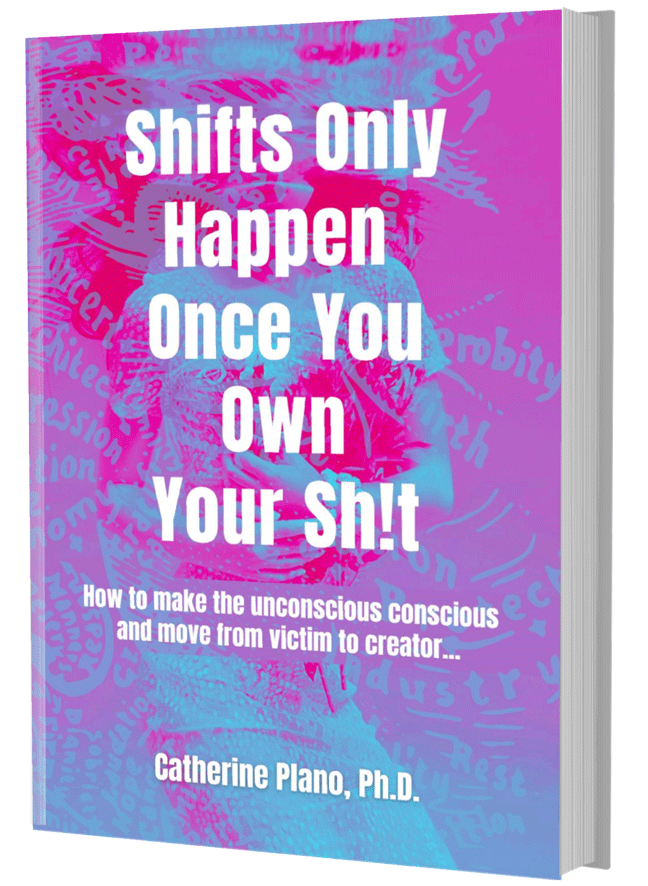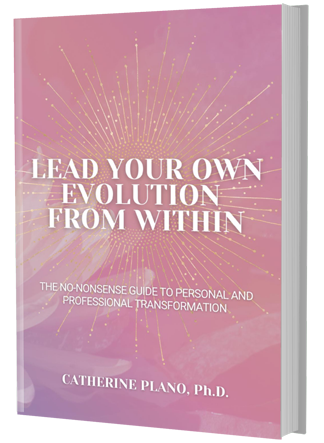Our “unconscious bias” shapes a lot of what we do – from the foods we love to the people we connect with. Understanding its influence and its impact on our thoughts is the key to making good decisions.
First of all, what is unconscious bias?
Unconscious bias comes from our innate humanness to instinctively label people using easily observed criteria such as age, gender, social status and job title. The human brain likes to make sense of the world around it, and so it has developed a system of ‘categories’ that help it to organise what it processes. Once we have categorised them, we then automatically assign presumed traits to anyone we unconsciously put in these groups.
A lot of us don’t like to admit that we do this, but we do – it’s simply the mechanics of the human brain – something we have little control over. However, what we do have control over is how much influence we let these categories and presumptions affect what we say, what we think and how we behave.
The unconscious is selective
A perfect example of this often comes up in news discussion panels when we see television personalities make sweeping generalisations about situations, circumstances and the people involved. And while sometimes clustering things gives us a common definition for what we mean, and it’s useful for communicating with others, it can be unhelpful too. The reason is that it often means that we bundle things without challenging the associated in-built stereotypes our brain has that goes with them.
How do we become conscious of our unconscious bias?
Unconscious bias is a learned behaviour. Most of the time, these unconscious biases are things we’ve picked up sort of by osmosis from our parents, our upbringing, our education, the information we read, the news we see… It is virtually impossible to eliminate our unconscious bias. However, there are things that we can do to alleviate the impact it has on our thinking and decision making. The first step is to accept and realise that we all have an unconscious bias. The second step is to be the observer of our decisions – to challenge ourselves and the reasons why we choose one thing over another and help us make decisions more consciously.
Leaders and unconscious bias
Effective leaders must learn to be competent at putting aside unconscious bias. They need to be able to make impartial decisions and rational judgments that impact the wellbeing of others – and I’m not just talking about your immediate team members, or even the company’s employees. I’m talking about the kinds of decisions that leaders sometimes have to make that affect their customers and clients and also the wider communities in which the company operates.
Leaders should be curious. They should have a personal desire to want to know what their individual bias is, where it comes from, and when it activates – what triggers it.
When we as humans consciously pay attention to potential areas of bias, we become more conscious of our decision making process.
Until we do that as leaders, how can we possibly appoint, develop and promote the best people? How can we make the most equitable decisions? How can we ensure that we are running a business or an organisation appropriately, if we are not aware of the forces that dominate the choices we make?
We need to unlearn and relearn
Try this next time you make a big decision. Ask yourself: how do I feel?
Are my feelings connected with this individual? Is this something I see in myself?
Most of the time, we make decisions based on familiarity. This can be a good and bad thing, depending on what the associated familiarity is.
For example, it can be as simple as a name. If, as a child, you had a bully in your street called “Joe” and you had a few run-ins with him, then you might find yourself thinking that every “Joe” you meet is, by default, a bit of a bully. This is due to the way your unconscious bias plays out – you judge before you really give yourself a chance to get to know them. And, because your judgement is already clouded, you might even go looking for signs to justify your thinking.
If you get into the habit of challenging your thinking, then you’ll make better, more impartial decisions.
The benefit is twofold. By stepping into the role of the observer of our mind and our decision making process, we allow ourselves time and space to spend more of our cognitive resources on other tasks.
Challenge your unconscious bias
What’s more, when you challenge your unconscious bias, you bring about a different way of thinking, and strong accountability for your thought-processes, your actions and your decisions.
Bias is as natural as breathing. It’s only through practice and continually working to shift your mindset that you can create true transformation.
No matter how unbiased we think we are, we all have unconscious positive and negative opinions about people. However, the more we open ourselves to others who are different from ourselves, the more we gain new insights that challenge our old entrenched unconscious biases.
You can expect what you inspect
Conscious awareness and unconscious processing occur at different paces in our brains, often simultaneously. Think of how many things we do without having to think about them – walking, blinking, chatting a bit at the start of a conversation. These are automatic behaviours.
The brain – as marvellous as it is – is able to process incoming information, to analyse (based on a lifetime of experience) and present it to us in less than half a second. The brain then creates the illusion that what we are experiencing is happening right now and that we are making decisions based on our conscious thought process.
Which, when you think about it, is just magic. But it’s also why it is of extreme importance to question your assumptions and the possible influences of past experiences and unconscious bias on your feelings and beliefs.
The brain changes its very structure
Mind, brain, and body are all connected. To influence the entire brain, it is not just about shifting your mindset to create new neural pathways in your brain. Movement and physical activity stimulate and drives the new learning and growth of the pre-frontal lobe that we call neuroplasticity. In saying that, there is now also enough research to show us that adequate sleep is essential to learning. Sleep deprivation has been shown to impair flexible thinking and decision making.
In addition, learning can be enhanced by certain environmental conditions and hampered by others. So check in with your environment. Is it the right environment to create the change that you want to manifest? Keep in mind, your brain has a short attention span; your brain needs repetition and multiple channels processing for deeper learning to occur. And, because our brains evolved to remain observant to a constantly changing environment, we learn better in brief intervals. Therefore, stay curious to explore the new, continue to shift your focus of attention to the new conscious bias you want to create for yourself.
You know what they say, practice makes progress and eventually makes perfect!





